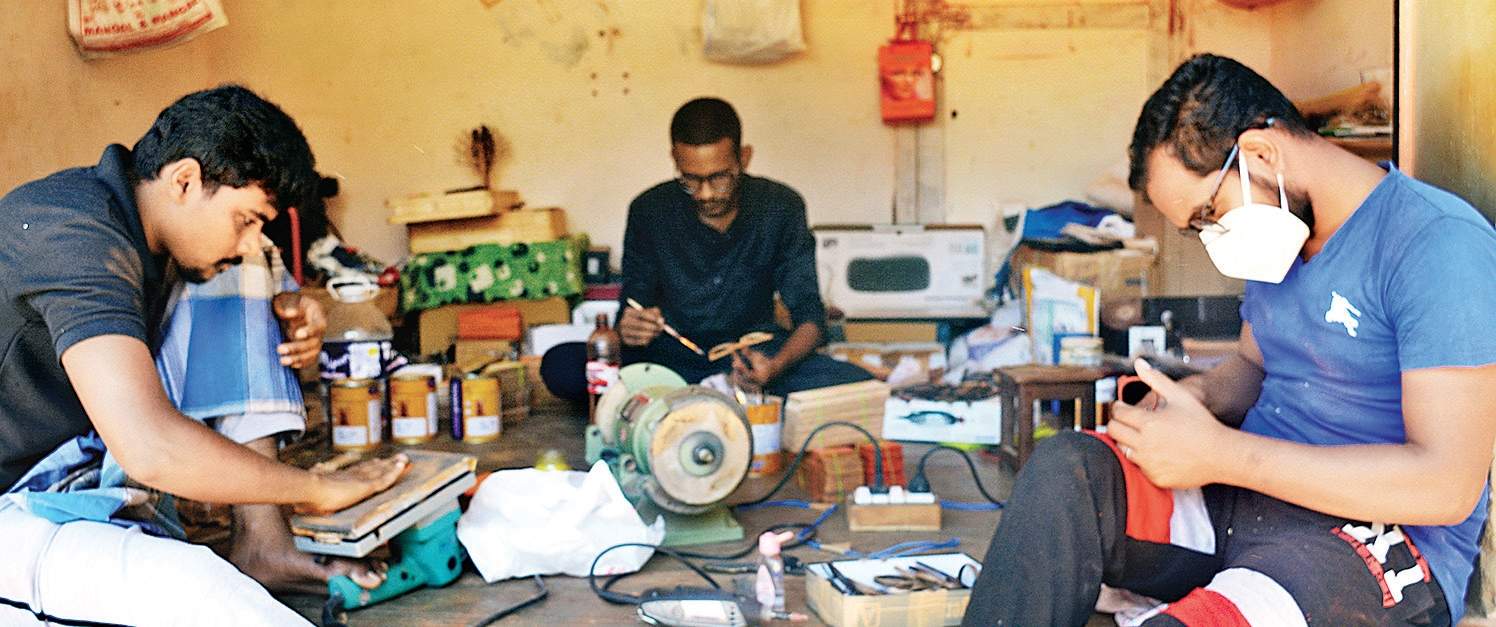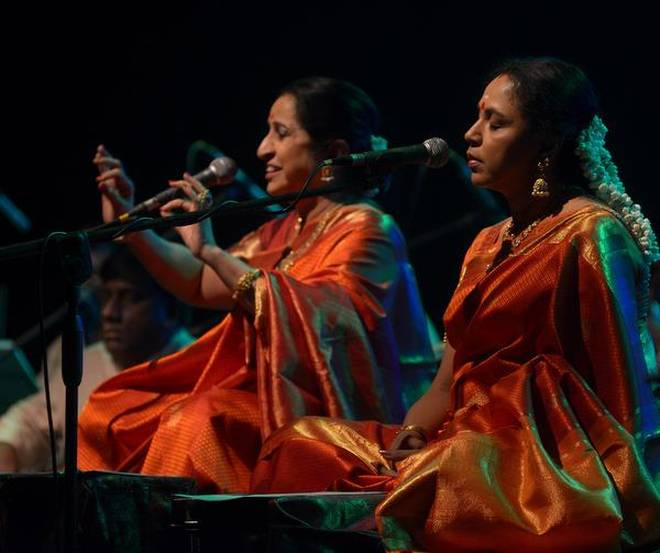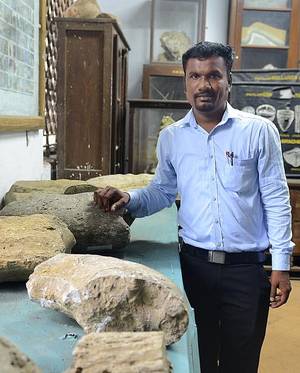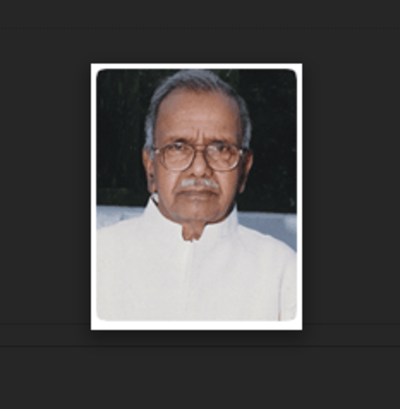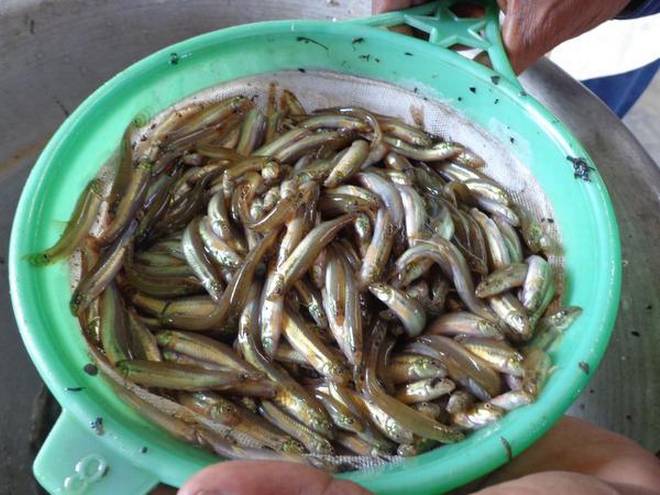
Fisheries university pushes for official recognition of Ayirai
Ayirai meen (loach) has so far been known as a pricey delicacy worthy of the gourmet’s palate. Soon, the fish may well get official recognition as the State fish of Tamil Nadu.
“We are discussing the formalities with the Director of Fisheries and other higher officials. Kerala has already declared Karimeen as the State fish and murrel has gained that status in Telangana,” Dr. S. Felix, Vice-Chancellor of Tamil Nadu Fisheries University (TNFU), told The Hindu on Wednesday.
He added that the Centre has asked every State to identify its own official fish species.
TNFU has succeeded in raising the fish through pond culture, and sees potential in the technique. “The fish has huge commercial value and our Finance Secretary K. Shanmugam is keen on developing techniques for cultivation of the fish. We are planning to set up two research centres, one in Madhavaram in Chennai and another in Parakkai in Kanniyakumari district, once we get funds from the government. We have already started functioning in Madhavaram,” said Dr. Felix. Priced between ₹1,200 and ₹1,500 per kg in the market, Ayirai(Lepidocephalichthys thermalis) is available in lakes, ponds and rivers. The fish was first raised successfully in a pond by Pughalendhi, a fish-farmer from Vaduvur in Thanjavur district. The university provided him technical support.
“Two years ago, he approached me for guidance on raising fish through pond culture. I asked him to try his hand at Ayirai and it proved to be a great success. He raised Ayirai as an inter-crop with other carp fish species. There is a huge demand for the fish and we have to concentrate on further research to meet market requirements,” said Dr. K. Karl Marx, Dean, Faculty of Basic Sciences, Institute of Post Graduate Studies (IPGS), TNFU, OMR Campus. Scientists of Central Institute of Fresh Water Aquaculture (CIFA) have visited Vaduvur to witness the harvest. “After the harvest, the fish weighing approximately 3 grams each will be conditioned before taken to the market. In this conditioning process, the fish’s gut is cleansed naturally, making it fit for cooking,” said Dr. Marx.
“The fish has nutritional and medicinal value since it is consumed as a whole. Ayirai consumers get more calcium as the bones are not discarded,” Dr. Marx said.
source: http://www.thehindu.com / The Hindu / Home> News> States> Tamil Nadu / by B. Kolappan / Chennai – November 16th, 2017

